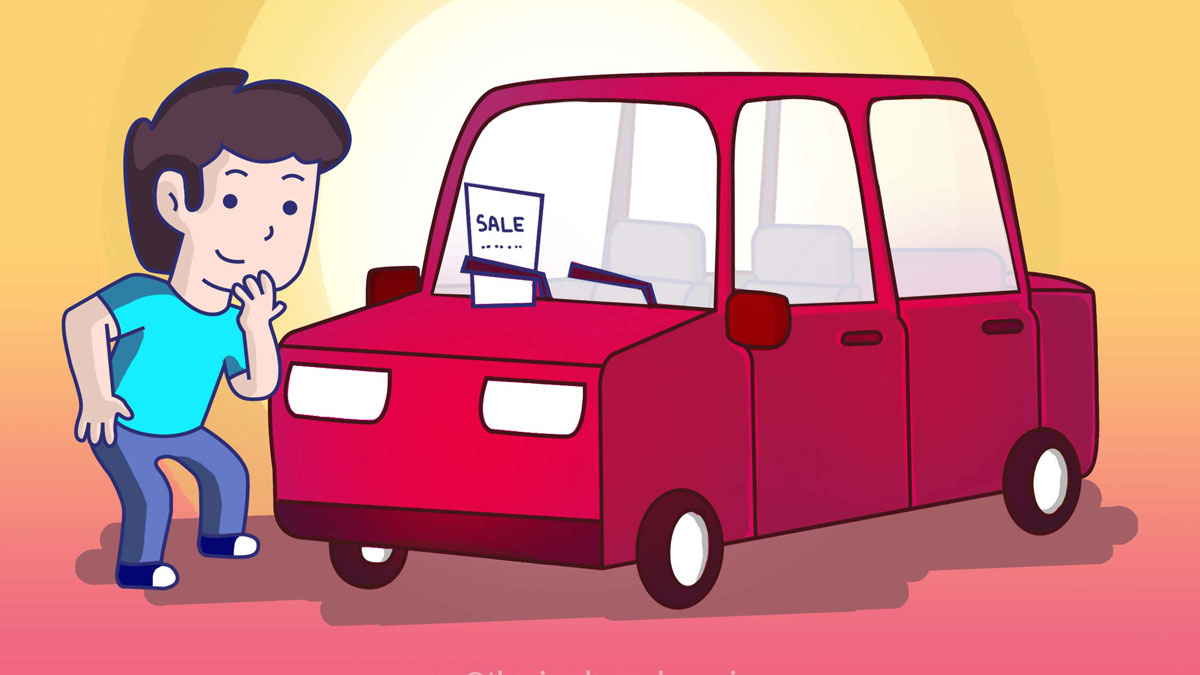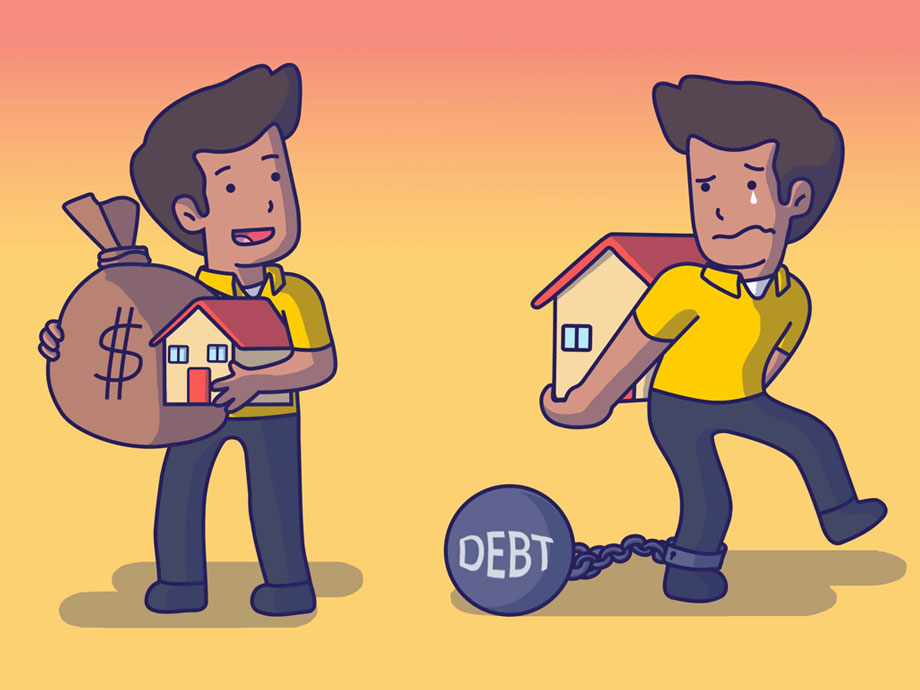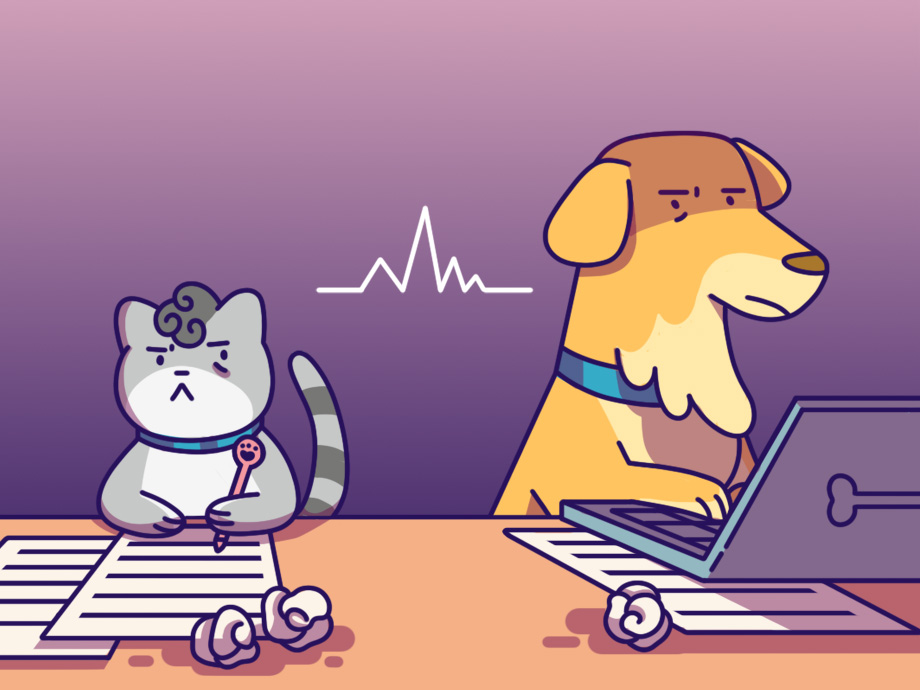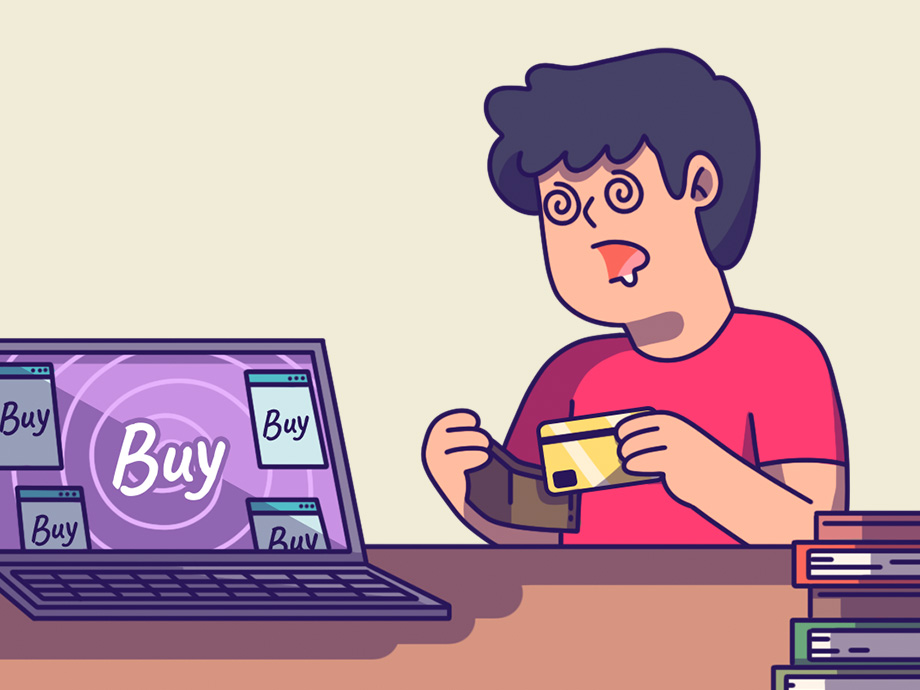Budgeting | Financial Planning | Personal Finance | Article
The True Cost of a Car Loan
by The Simple Sum | 11 Nov 2020

For those of you who have bought a new car before, you’ll be very aware of the range of emotions that come with it — the thrill of the search, the excitement of starting the engine for the first time, the joy of taking your friends out for a spin.
Aside from all the compliments you get on the new set of wheels, one of the very first questions you get asked is: “How much did that cost you?”
The stock answer is usually the sticker price: “Oh, the car cost me $40,000.”
While that answer is technically true, if you had to take out a hire purchase loan to make the purchase, it’s not really the whole truth.
Have you ever thought about how much that new car will really cost you?
Whenever you have to borrow money to make a purchase, the lender is always getting something in return. The true cost of a loan is the amount you are charged on top of the amount borrowed. So that’s:
Amount borrowed + interest + any additional fees = True Cost of a Loan
Let’s tackle the cost of one of the more popular types of loans — the hire purchase loan for cars.
How Much Am I Paying in Interest?
Let’s say, for example, the car you want costs $40,000.
But how much will it really cost if you finance the car via a hire purchase loan from the bank?
If you don’t provide a down-payment, and choose the longest repayment period possible (which in Brunei is usually seven years), you can calculate the interest using these two formulas:
Hire purchase rate (e.g. 4% per annum) x repayment period (7 years) = 28%
So that 28% is your flat rate of interest on the money borrowed from the bank, which in this case is $40,000.
So to calculate the total amount of interest you will pay on a loan of $40,000:
40,000 (amount borrowed) x 28 x 0.01 = $11,200 (total interest)
That $11,200 is the extra you are paying the bank on top of the $40,000 you borrowed to buy the car. That means that $40,000 car really cost you $51,200.
Hidden Costs
There are many other “hidden” costs to a car loan that often aren’t properly explained to the customer. For example:
- Late payment charges if you don’t meet your monthly payments
- Documentation and loan application fees
- Settlement charges if you pay off the loan early
When all is said and done, that “$40,000 car” could really end up costing you a lot more.
So How Can I Reduce the Total Cost of My Car Loan?
1. Increase Your Down Payment
By putting down a deposit on a car, you reduce the amount you have to borrow from the bank.
Saving up to put down a larger deposit means a smaller amount to pay interest on.
2. Negotiate Your Hire Purchase Rate
Taking up a car loan with different banks can result in different hire purchase rates.
While the standard rate in Brunei is usually 4.5%, it never hurts to ask different lenders what rates they can offer you. Ask for a lower rate from the dealership or your loan agent and you may be walking out with a better deal.
A difference of 0.5% for the interest rate on a seven-year loan amounts to $1,400 – so it’s definitely worth shopping around with lenders.
Car dealerships will often have promotional hire purchase rates around the festive season, especially during Hari Raya. Waiting to make your purchase then could also be a great way to save some of your hard-earned cash.
3. Shorten the Repayment Period
Choosing longer repayments periods — such as seven years — may reduce the amount you have to pay monthly. But the longer the repayment, the more you end up paying.
So for our $40,000 car, if you choose a loan period of five years instead of seven years, then you reduce the overall amount of interest you pay. Let’s apply our formula to this scenario:
Hire purchase rate (4% per annum) x repayment period (5 years) = 20%
40,000 (amount borrowed) x 20 x 0.01 = $8,000 (total interest)
That means you would pay $8,000 in interest for a five-year loan, compared to $11,200 in interest for a seven-year loan.
That’s a saving of $3,200!
So the true cost of the car loan would be $48,000 if you chose a five-year loan versus $51,200 if you chose a seven-year-loan.
It’s important to note here that paying off any debt you have is the best investment you can make, before you start saving or investing your money elsewhere. The interest paid on debt is often much higher than what you would receive from savings or alternative investments.
Important Takeaways
Hire purchase loans and other types of financing aren’t all bad, they allow us to obtain the things we need in our lives, including big-ticket items like cars and large household appliances.
However, it is important to understand what the true cost is, and to think about that every time you approach a new purchase.
The more you understand about loans, the more you can save!













